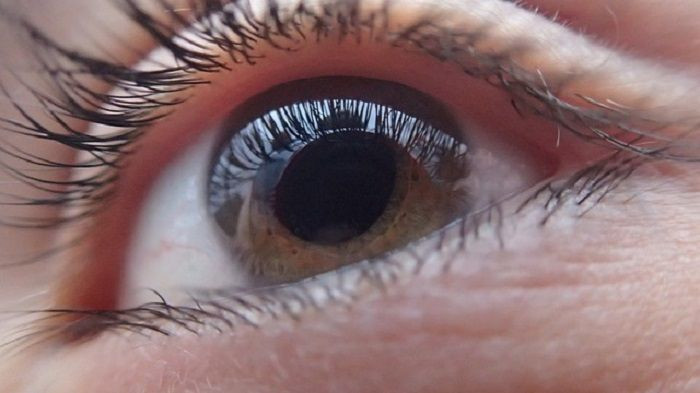Macular Degeneration: Doctors May Be Able To Treat Condition With High Dose Of Cholesterol-Lowering Drugs

New research published in EBioMedicine suggests high doses of a cholesterol-lowering statin may be able to treat an age-related eye disease that causes vision loss.
A clinical trial led by researchers at Massachusetts Eye and Ear/Harvard Medical School and the University of Crete found that a high-dose of atorvastatin was associated with regression of lipid deposits and an improvement in sight in patients with age-related macular degeneration (AMD)— one of the leading causes of blindness in the U.S. "We found that intensive doses of statins carry the potential for clearing up the lipid debris that can lead to vision impairment in a subset of patients with macular degeneration," Dr. Joan W. Miller said in a statement. "We hope that this promising preliminary clinical trial will be the foundation for an effective treatment for millions of patients afflicted with [age-related macular degeneration]."
AMD affects more than 150 million people worldwide, according to the study. Lipid deposits and fatty proteins under the retina are markers of the disease, and patients with the condition experience blurred vision or blindness in the center of their visual field.
Researchers say there are two forms of the eye disease: "wet" and "dry." The wet form of the disease accounts for approximately 15 percent of the cases, while the dry form is more common accounting for approximately 85 percent of cases. People with the wet form of the eye disease are treated with therapies previously developed at Mass. Eye and Ear/Harvard Medical School, but effective therapies are currently lacking for those with the dry form.
For the study, researchers collected and analyzed data from 23 patients with a dry form of the disease. They were prescribed 80 milligrams of atorvastatin, the generic name of the statin marketed as Lipitor® and other generic equivalents. Of the cohort, 10 experienced an elimination of the deposits under the retina and mild improvement in visual acuity. Past techniques after this same result have mostly failed, some even allowing the disease to progress to a more advanced stage.
According to the study, researchers have long suspected that there may be a connection between dry AMD and atherosclerosis — a disease caused by fat and cholesterol build-up inside the arteries. In patients with dry AMD, physicians often see material in the outer retina that's similar to the build-up of lipid material in the inner walls of blood vessels in atherosclerosis.
Statin use widely used among middle-aged and older adults, who also have an increased risk of age-related macular degeneration; however, previous studies have shown very little correlation between regular statin use and improvements in AMD.
"Not all cases of dry [age-related macular degeneration] are the exactly the same, and our findings suggest that if statins are going to help, they will be most effective when prescribed at high dosages in patients with an accumulation of soft, lipid material,” researcher Dr. Demetrios Vavvas, a clinician scientist at Mass. Eye and Ear and Co-Director of the Ocular Regenerative Medicine Institute at Harvard Medical School, said in a statement. "These data suggest that it may be possible to eventually have a treatment that not only arrests the disease but also reverses its damage and improves the visual acuity in some patients."
Based on their findings, researchers believe that statins could halt progression of the age-related eye disease.
Source: Miller JW, Vavvas DG, et al. Regression of some High-Risk Features of Age-Related Macular Degeneration (AMD) in Patients Receiving Intensive Statin Treatment. EBioMedicine. 2016.



























